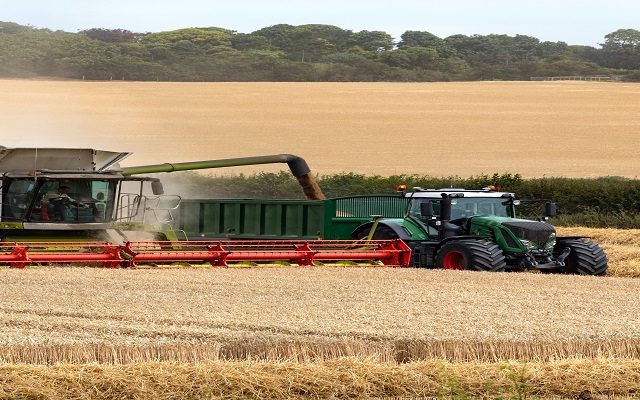
The food strategy unpicked
The government has said the aim of its food strategy is to create a more prosperous agri-food sector that delivers healthier, more sustainable and affordable diets.
But has it got the right ingredients to deliver on that ambition?
We have produced a four-page summary of the 33-page document which breaks down the main measures proposed by the government and examines where there may be opportunities or challenges.
The government’s strategy follows the independent review of the food system by Henry Dimbleby, which set out an analysis of the challenges facing the food system.
The new food strategy picks up on the themes in the Dimbleby review but is notably either silent on, or does not support, some of his main recommendations.
While it addresses issues such as how to support domestic production of food, ways to improve diets and the role of trade, there are almost no firm commitments, targets or standards in the document.
Instead, it contains lots of phrases like ‘will develop’, calls for evidence’ and references to further engagement and consultation.
The government has said it views the document as the ‘beginning of a conversation’ – but to date it has received more negative feedback than positive.
A campaign group called Feedback has even launched legal action, accusing the government of failing to take sufficient action in the strategy to enable the UK to meet net zero goals.
Ultimately, views of the strategy will probably come down to personal views on the existing food and farming industry. If you think that the current system works well, then you will probably support the strategy. However, if you think that significant change is needed, then you are likely to be disappointed.
Read our summary of the Food Strategy.





